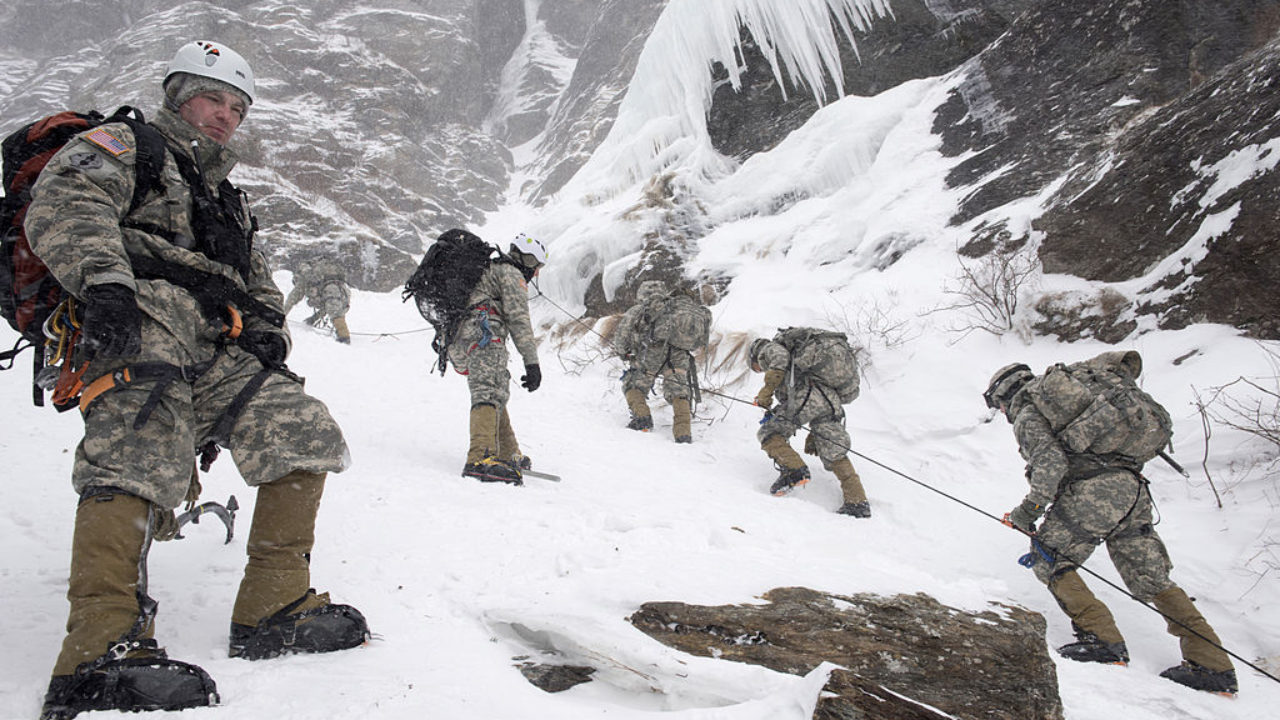One other Senator that did have a role was Bob Dole (R-Kansas) - who insisted that one of the new light infantry divisions be referred to as “10th Mountain” instead of “10th Infantry” — but that was more of a ceremonial/historic name choice — the 10th served in WWII as 10th Mountain but in Germany in the 1950’s as 10th Infantry Division — Bob was a WWII vet of the division and preferred the ‘mountain’ name. But it was mostly just a name - this new 10th was never primarily an alpine/arctic force - it was assigned the same missions as other light divisions and saw its first operational service in Somalia.
Some background on selection of Fort Drum as the home of 10th Mountain.
Some excerpts from the New York Times September 12, 1984
ARMY SELECTS FORT DRUM AS HOME FOR A NEW LIGHT INFANTRY DIVISION
The Army announced today that it would station a light infantry division at Fort Drum, here in one of the most economically distressed sections of northern New York.
The new division, the first created by the Army since 1975 and the first to be stationed in the Northeast since World War II, will bring 7,500 soldiers and 9,700 dependents to Fort Drum, according to Army officials.
In a packed American Legion hall here, six miles from Fort Drum,
Representative David O'B. Martin, told cheering local officials: ''This is just the beginning. There are a lot of challenges ahead.''
. . .
''Philosophically, without question it is a good thing,'' said John B. Johnson Jr., the managing editor of The Watertown Daily Times, which has been vocal in urging the selection of Fort Drum as the home of the new division. ''
Northern New York has been crying out for some good economic news. There really is a dearth of job opportunities for young people up here.'' Since the Army announced its plans to create new divisions last winter,
New York State's congressional delegation has been aggressively lobbying the White House and Pentagon in behalf of Fort Drum.
. . .
And from June 17, 1984 NY Times
CUOMO OFFERS HOUSING TO LURE INFANTRY FORCE TO FORT DRUM
Governor Cuomo has told the Army that New York State would help build housing and roads in Watertown in Jefferson County to accommodate a light infantry division at nearby Fort Drum.
. . .
''We're convinced that Drum is the best location,'' Mr. Cuomo testified last Wednesday at an Army hearing in Watertown, ''because of what the area already has to offer and because of our ability to assist the Army and the local community in supplying whatever might be lacking at present.''
An Army division would increase the region's population 11 percent, increase personal income 25 percent and generate $4.7 million in purchases annually, according to Corps of Engineers estimates. The division would also require $1 billion in construction at the fort and create 1,500 permanent civilian jobs.
The Governor, who discussed the issue in Washington last week with Army Secretary John O. Marsh Jr., said the state had $5 million available for a housing program in rural areas that could be applied to off-base quarters for Army personnel and dependents. He also pledged to build a road connecting the fort with Interstate 81, if the Army requested it.
Stationing the division at the fort has bipartisan support from local and state legislators and the New York Congressional delegation. Senators Daniel Patrick Moynihan, a Democrat, and Alfonse M. D'Amato, a Republican, issued a joint statement of support that was read into the hearing record.
Mr. Cuomo said the expansion would help lower local unemployment, which stood at 12.9 percent last month, twice the statewide average.
There were a lot of politicking to get the 10th Mountain to Fort Drum. Rep. Martin (highlighted above) was the congressman from Fort Drum's district and was a member of the House Armed Services Committee during that time. And when the first contingent of the division arrived Senator Dole was prominent in the welcoming ceremony.
A stroll thru the NY Times archives found some interesting stories about the campaigns to get an increase of troops to Fort Drum during the 60s and 70s, especially when the Carter administration considered drawing down troop strength from Korea.



